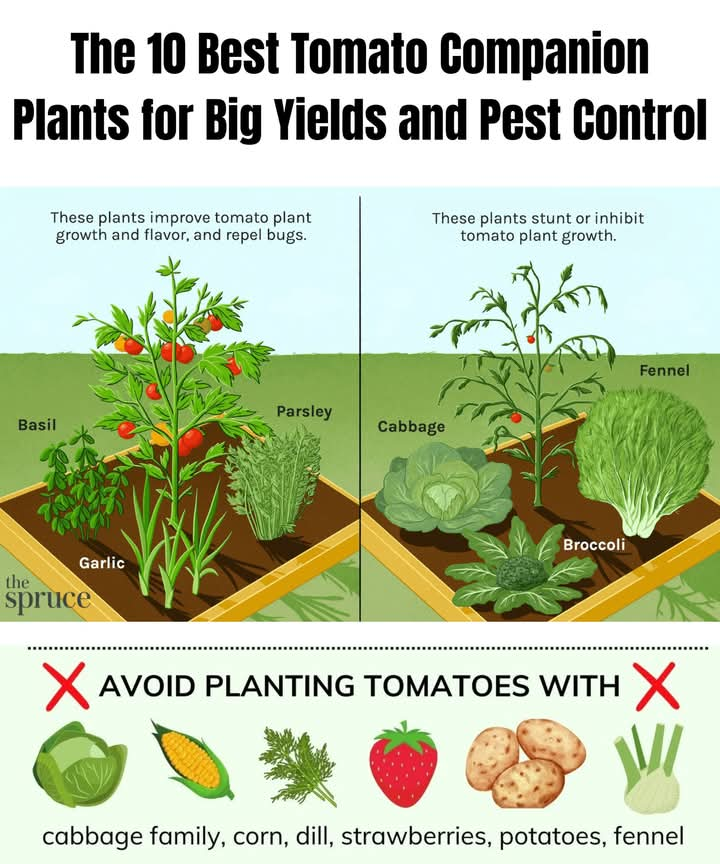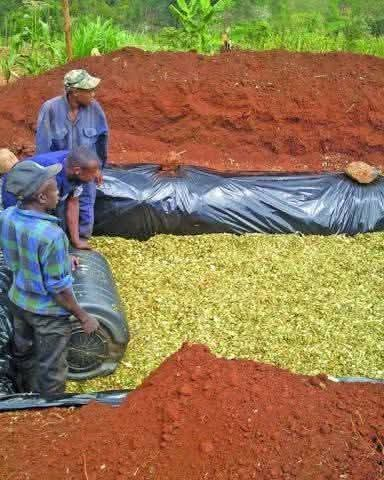TRADITIONAL VS SMART SILAGE MAKING: WHICH SIDE ARE YOU ON?
TRADITIONAL VS SMART SILAGE MAKING: WHICH SIDE ARE YOU ON?
Silage is the game-changer in livestock feeding—but only when done right.
Traditional methods have been passed down generations.
But are they really helping your animals—or hurting your profits?
Let’s put tradition to the test.
THE TRADITIONAL WAY: WHAT MOST FARMERS STILL DO
Most smallholder farmers still use these outdated practices:
Chop Napier with pangas (rough and uneven)
Mix with molasses, salt, and guesswork
Compact manually with feet or logs
Cover with plastic and hope for the best
It’s simple, cheap, and based on experience. But here’s the truth:
Traditional silage is rarely consistent.
Fermentation is often poor. The smell is off. Mould develops.
Animals eat less. Milk drops. Weight gain slows. All your hard work wasted.
THE SMART WAY: BOOK-BASED, TESTED, AND PROFITABLE
The Silage Making Guide flips this guesswork into a step-by-step science.
Here’s what book-based silage making looks like:
1. Proper crop selection
Napier grass is harvested at the right stage—not too old, not too watery.
2. Clean and precise chopping
Uniform cutting using chaff cutters ensures even fermentation and reduces spoilage.
3. Accurate ratios and mixing
No guesswork. The book gives proven ratios for molasses, urea (if needed), inoculants, and dry matter.
4. Correct layering and compaction
Layered silage is compacted using measured weight or even tractors, with no air pockets.
5. Airtight sealing
Covered tightly with UV-treated plastic and weighed down with soil or tyres to prevent spoilage.
6. Monitoring
You learn how to detect a bad smell, check for white mold, and test silage quality before feeding.
RESULTS THAT SHAKE MINDS AND CHANGE FARMS
Compare the outcomes:
A REALITY CHECK FROM NZAMBANI AGRIFARMS
One farmer, Peter from Meru, used to make silage by stomping Napier into pits and covering it with old sacks.
Result? Moldy, foul-smelling waste. His cows lost appetite, and he had to buy hay frequently.
After using the Silage Making Guide, he followed the step-by-step method:
Used a chaff cutter
Measured molasses at 5%
Layered and compacted tightly
Monitored the pit daily
The first batch was golden, sweet-smelling, and highly nutritious.
His cows started giving 2 extra litres of milk per day. In just 2 months, he saved over Ksh 15,000 in feed costs.
Peter now makes silage for others—and sells at a profit.
FEED LIKE A PRO, NOT A TRIAL.
Don’t let tradition sabotage your profits.
Farming isn’t just heritage. It’s science, systems, and strategy.
The Silage Making Guide teaches you not just how to make silage—but how to make money from it.




